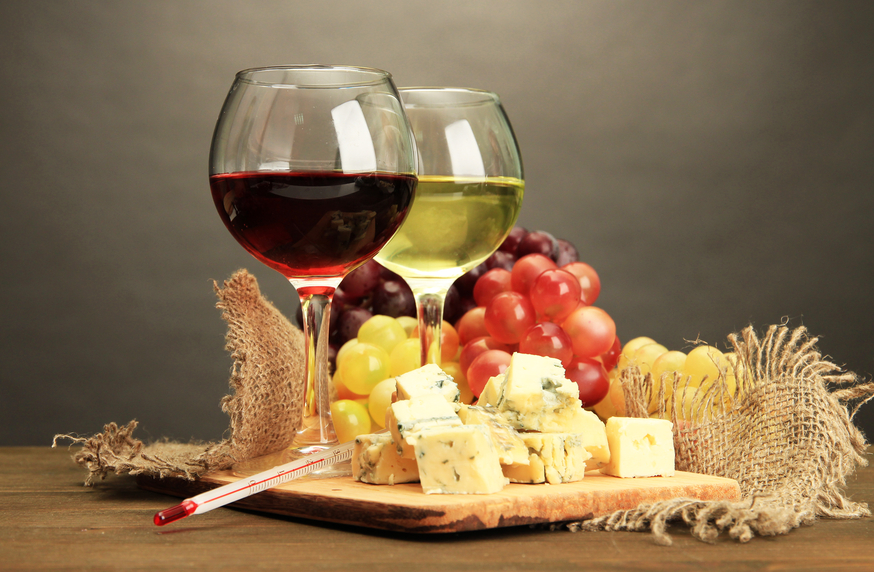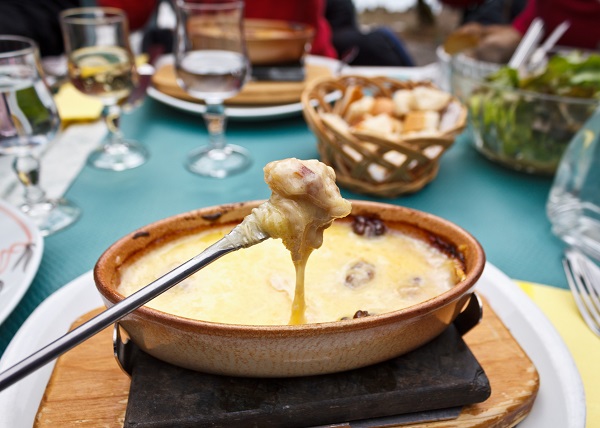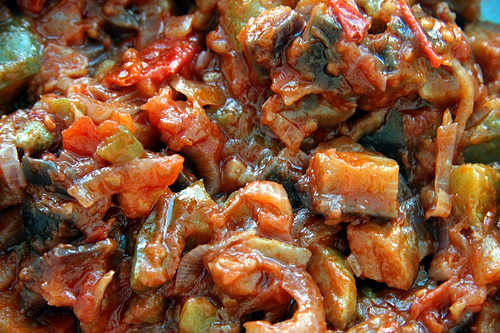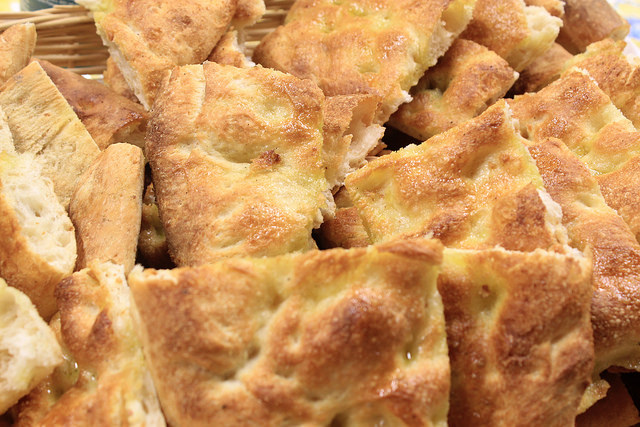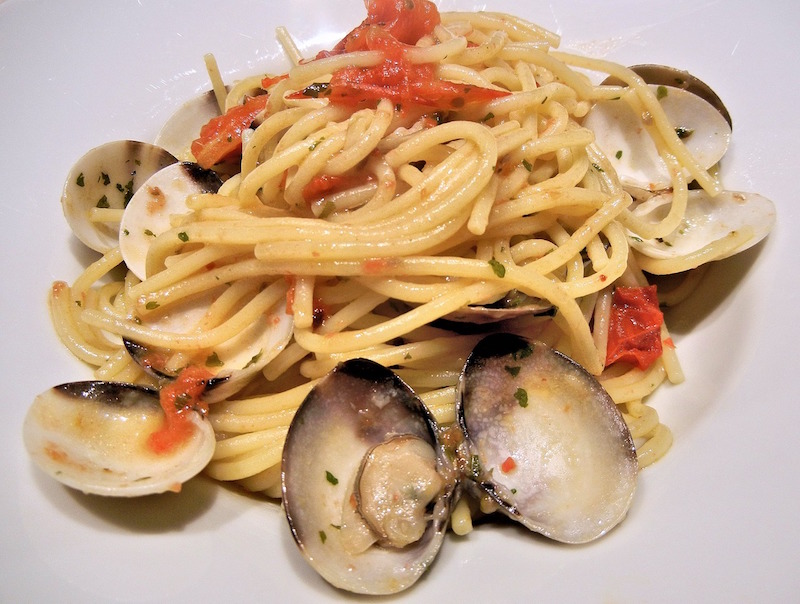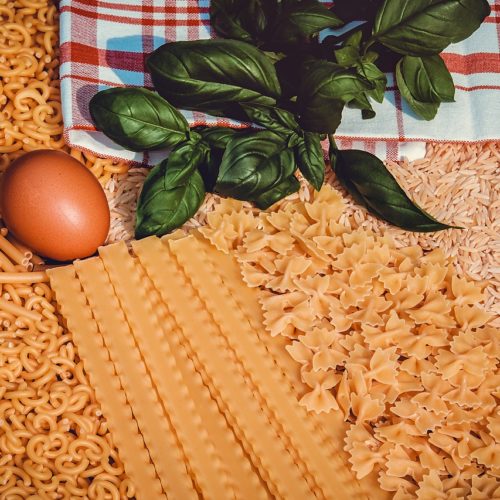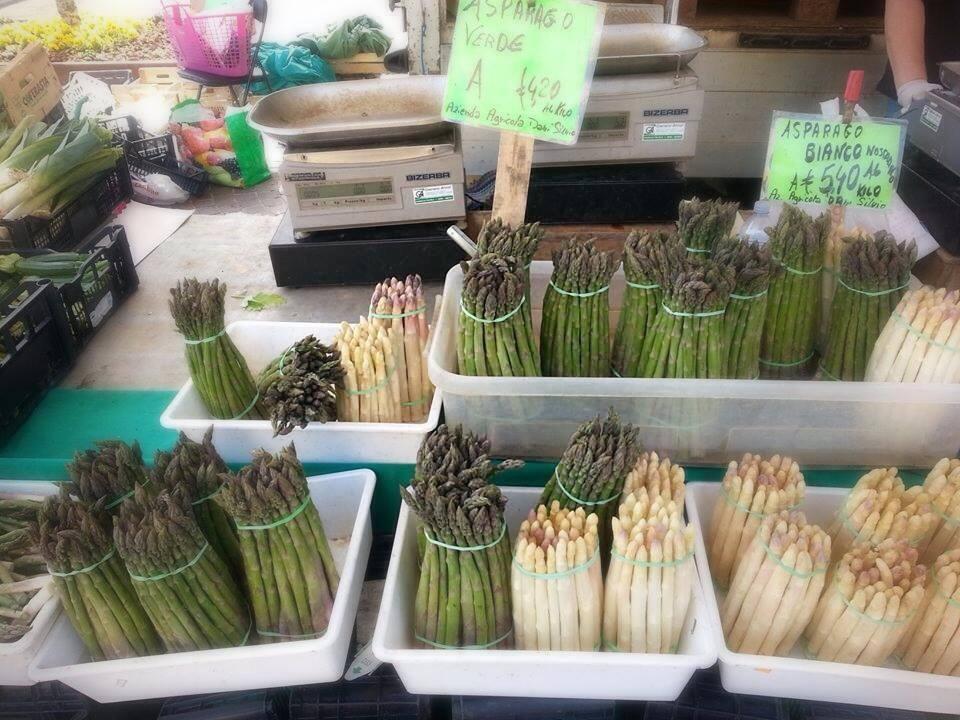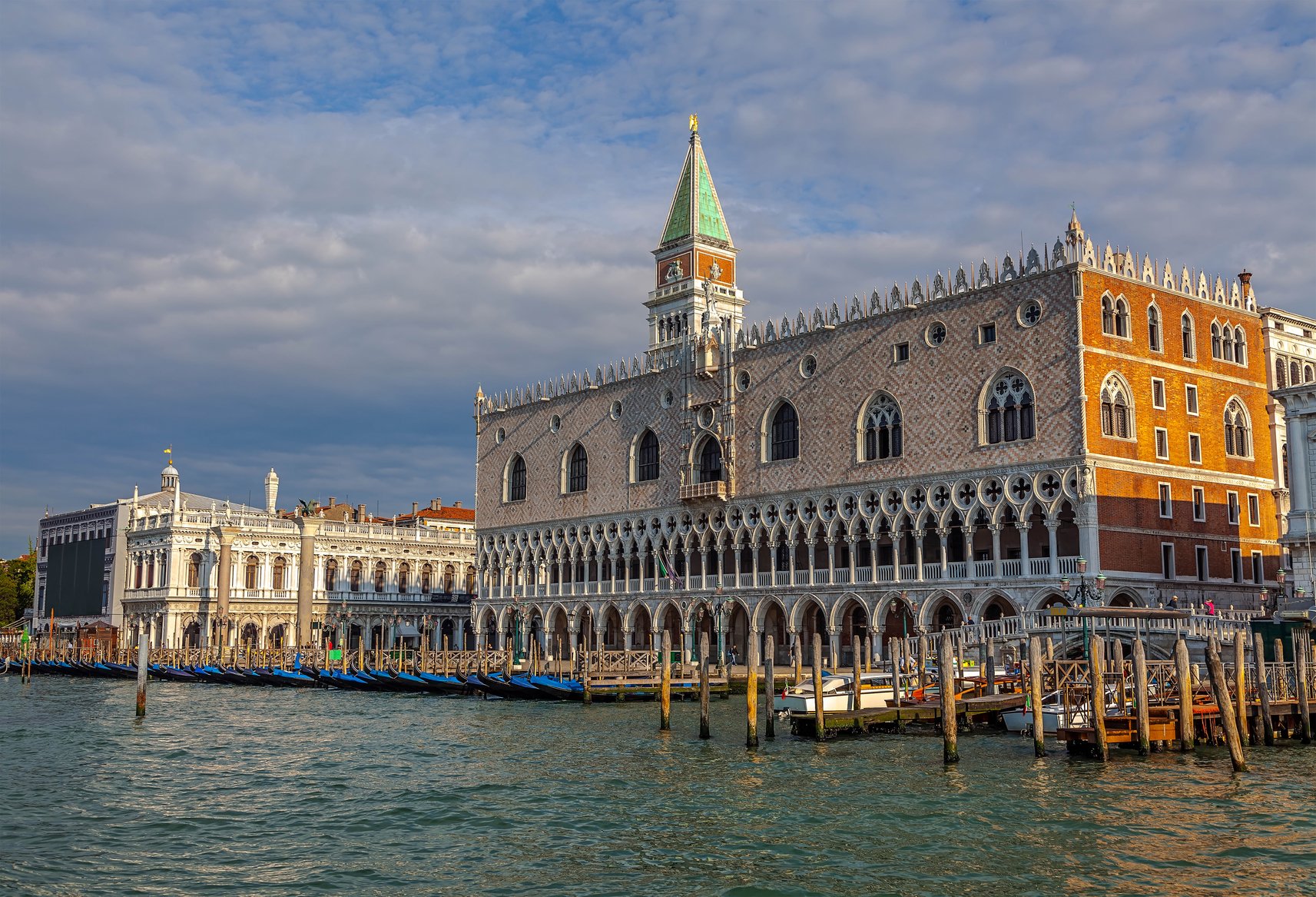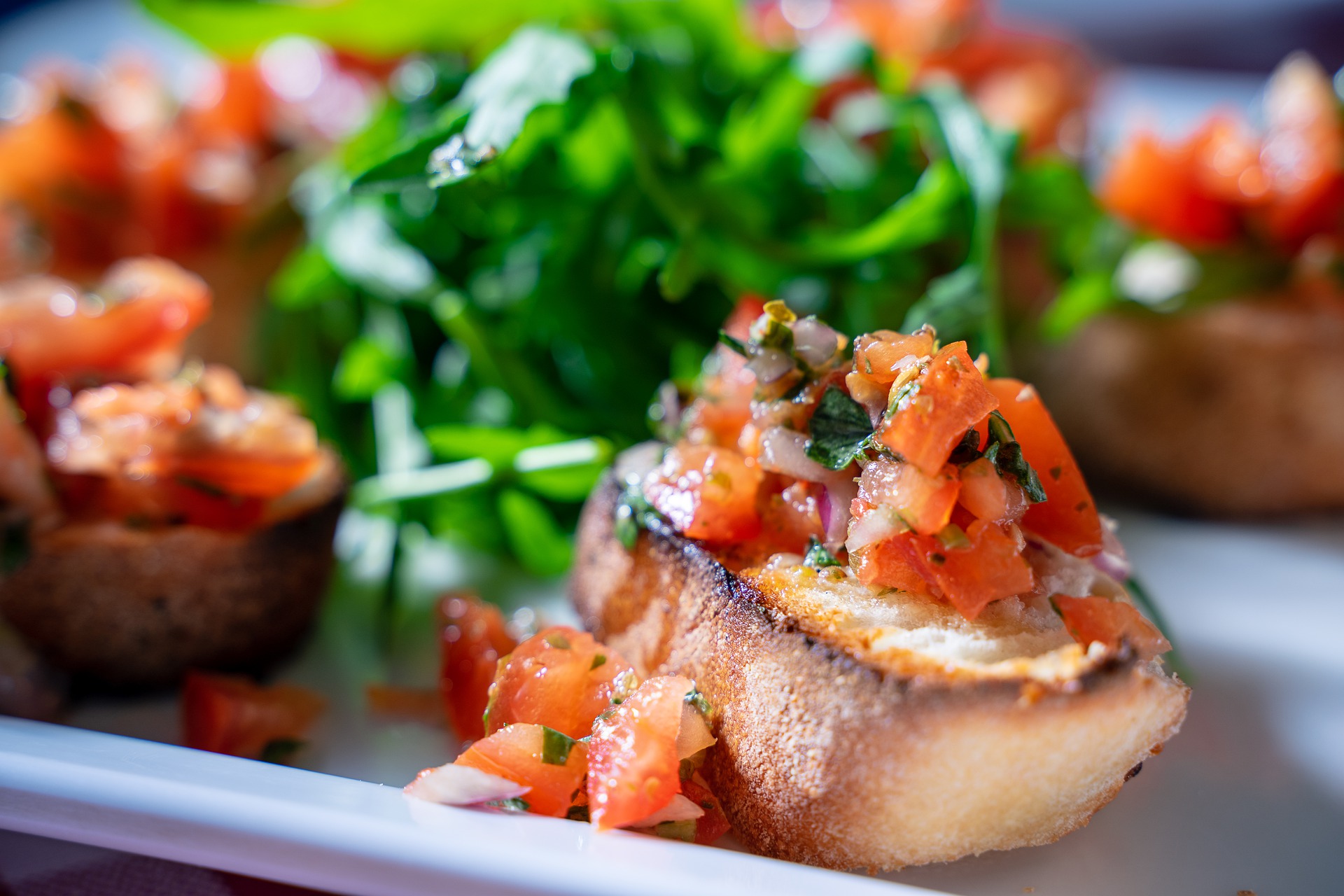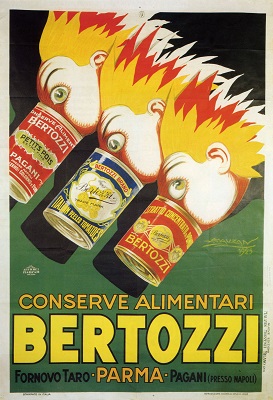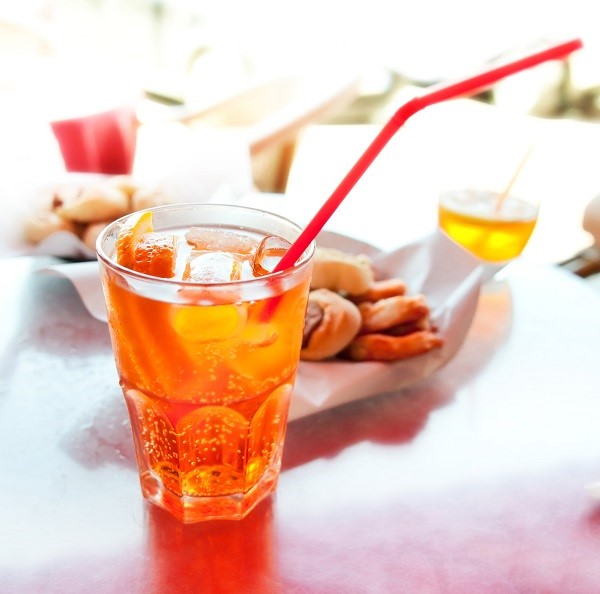Meat does not whet the Venetian appetite. During the 16th century, when meat was served at banquets, it was preceded and followed by “crabs and oysters, partridges, peacocks, and guinea fowl, pigeons and pheasants,” reported one English observer. In the early 17th century, Henry Wotten, the ambassador from England, wrote in his diaries about shooting ducks in the lagoon, “a pretty sport of killing them on the wing,” something not yet done in England.
Ducks and other small birds, chicken, and rabbit revolving on a spit and served with steaming polenta are more tempting in this water bound city than portions of red meat and large game. Until 1873, when the market stalls blighting St. Mark’s Square were torn down the square would be filled with chicken coops every morning.
Although meat is not an important component of the relatively frugal Venetian menu, ironically, one of the area’s most famous dishes, fegato alla veneziana, liver and onions, is made with rich meat. Adam Tihany likes to point out the similarity between this dish, in which strips of liver are sautéed with a profusion of golden onions, and the Chinese stir-fry. Whether this represents a genuine Marco Polo connection or a fantasy is immaterial. It is the ultimate in liver and onions.
Sausages and innards are important components of the menu, especially in the colder mountain areas north of the city, the only area of the region that dotes on the pig.
The Venetian love of spices is evident in many of the dishes made with poultry, game, and meat. And the herbed salt that Francesco uses for preparing poultry and meats is as Venetian as any recipe in this chapter. Venetian commerce was founded on the city’s control of the salt produced along its seacoast and its ability to trade this precious commodity inland and in other countries.


